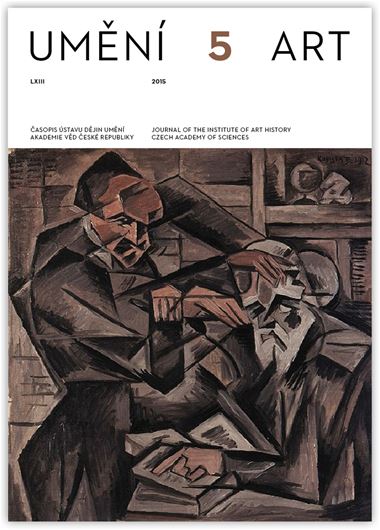Steffen Eigl
Parabeln und Hyperbeln zwischen Neurasthenie und Hysterie im Werk von Bohumil Kubišta
In 1912 Bohumil Kubišta created the paintings Kiss of Death and Hypnotiser, two extraordinary cubist works. When compared against Kubišta’s theoretical ideas, which he published, there is an evident correlation between his writings, the subjects he chose to paint, and, above all, the way he painted them. In his writings Kubišta speaks repeatedly about hyperbola and parabola and their symbolic application to dramatic and mystic themes. Following from his understanding of the concept of gravity is an elaborate theory about society that makes possible further interpretations of these two paintings. In terms of form the paintings have to do with specific representations of hyperbola and parabola. In another perspective Kiss of Death and Hypnotiser relate to two illnesses, neurasthenia and hysteria, which around the turn of the century were a focus of interest in psychoanalytical research.
Kubišta’s study of the natural sciences and the symptoms of his era supports this. The theme of the double is also given a deeper dimension in Kubišta’s work. It each of these works indeed a ‘portrait of a double / a self-portrait’ can be inferred from the characterisation of the artist that is portrayed through the duality of the individual. In this Kubišta is exploring the balance of power between two figures, within a split personality. The impression created is that Kubišta was striving to reach a higher order in his paintings that goes beyond what we perceive in the works at first glance. In both paintings Kubišta has created a somewhat menacing vision of the double, one full of allusions to the history of science. Both paintings are model illustrations of the diversely changing intellectual world that existed on the eve of the First World War.
Full-text in the Digital Library of the Czech Academy of Sciences:
https://kramerius.lib.cas.cz/uuid/uuid:c6eb9e2e-8b83-41eb-a5a6-95345fdc4ff1
< back

